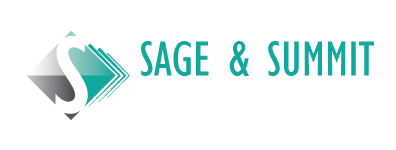The shadow pandemic is alive and still spreading like wildfire. With a glimmer of hope in the distance, vaccines rolling out, we need a widespread effort to recover from burnout as well.
Leaders and business owners often try to increase productivity and profitability by demanding more of their teams and themselves. But more hours do not always translate into more output, and often lead to exhaustion and eventually burnout.
Sometimes we hear others talking about busyness as if it was a status symbol, and in Covid Times, maybe it is. The hours do eventually realize in a decline in productivity, errors, and employee health, while leading to more reactive decisions and actions.
WE ALL NEED TIME TO RECOVER FROM WORK!
Athletes and sports professional all know to take time to recover between practices, and after a game, artistic performers such as dancers and singers do the same. Social scientists call this the effort-recovery model. A lot of research has been done in this area, and here are some findings that will inspire your daily recovery:
During Work Hours
- Taking meal breaks, standing up and stretching, or any diversions from demanding tasks will facilitate a micro break and generate an element of recovery.
- Spending some of your work time on activities that are challenging and enlightening. Learning something new every day builds competence and confidence, and generates a sense of accomplishment.
After Work
Four key activities/factors help us recover from work:
- PSYCHOLOGICAL DETACHMENT: In the good old days a commute might have given us that definitive break between work and home, now we have to resort to other strategies. I recently read about a fellow who invented a “commute to work”. He bicycles around the block to work, and then again in the opposite direction back home. Other strategies I have encountered, and tried, are to go for a walk after work, change out of work clothes, close the door, or pack work away, off the dining room table and out of sight. Research has shown detachment to reduce fatigue, and create a positive effect.
- EXERCISE: Getting those endorphins going and moving your mind off work. Research has shown that exercise and effective leadership go hand in hand. Regular exercise increases mood, and brain function while reducing stress and pessimism.
- MENTAL RECOVERY: Engaging in activities that are less taxing, reading a book, chores, and mindfulness exercises help to calm and clear our busy minds. Bonus, it also is found to foster a good night’s sleep. A study of 5210 daytime workers revealed that those trying to sleep with a head full of work, tossed and turned all night. Their fatigue was cumulative and often showed in emotional reactions at work. To make ensure good quality sleep, commit some time away from a screen, doing something you love.
- GENERATE POSITIVE FEELING ON PURPOSE: Positive emotions increase energy and creativity. Spending time with good friends, connecting and laughing works wonders for a tired soul. And dust off the gratitude journal. The practice may sound somewhat airy-fairy, but has been scientifically proven to elevate our emotions, and build resilience. Where you look is where you go is true for bikers, and cyclists, and also for our minds and mindsets.
The research of Sonnenberg & Fritz makes a further good point, people who believe they have autonomy and choice about how they spend their time outside of work, recover form work faster. That sense of control and choice is motivational.
“Self-care is never a selfish act—it is simply good stewardship of the only gift I have, the gift I was put on earth to offer to others.” Parker Palmer
Sage & Summit is offering on-demand coaching to support the drive to end burnout. On-demand coaching is a short coaching engagement (1 – 6 sessions based on your requirements) to discover and support habits and routines that will facilitate resilience and curb burnout. Please contact us for more information.

